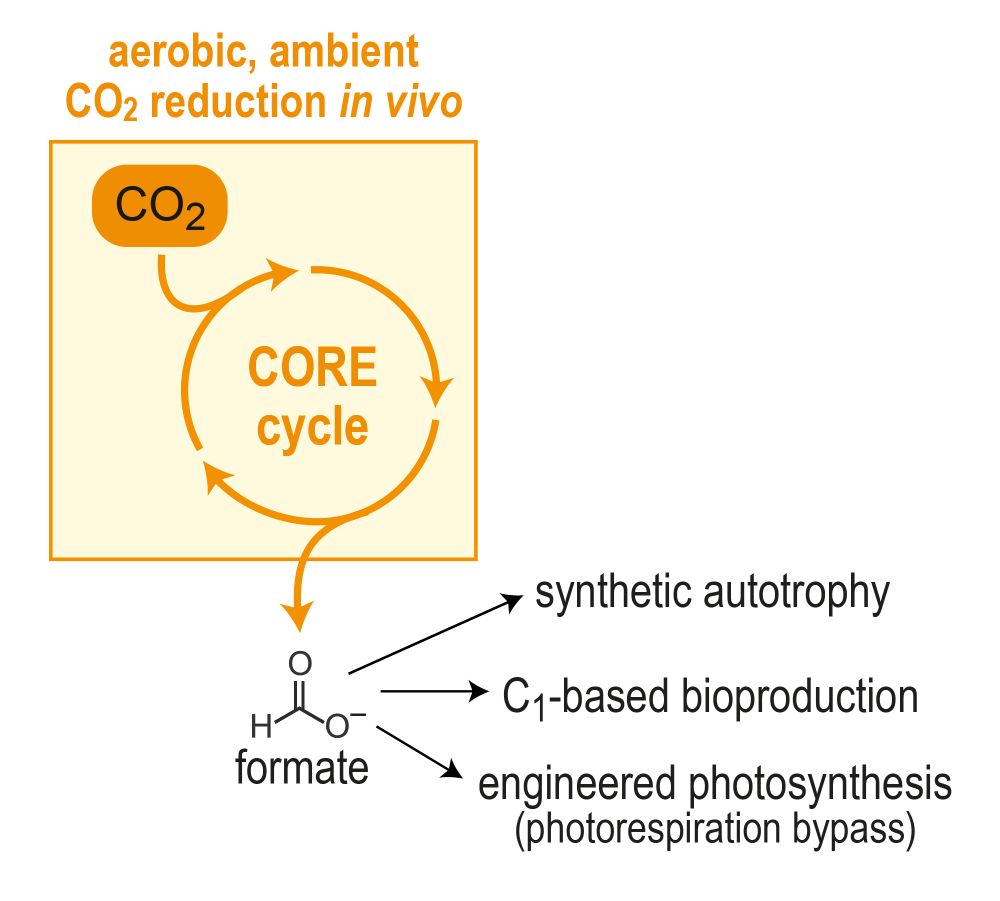Ari Satanowski
@ari-satanowski.bsky.social
67 followers
170 following
14 posts
PostDoctoral Fellow, working on metabolic engineering and in vivo directed evolution
Posts
Media
Videos
Starter Packs
Pinned



